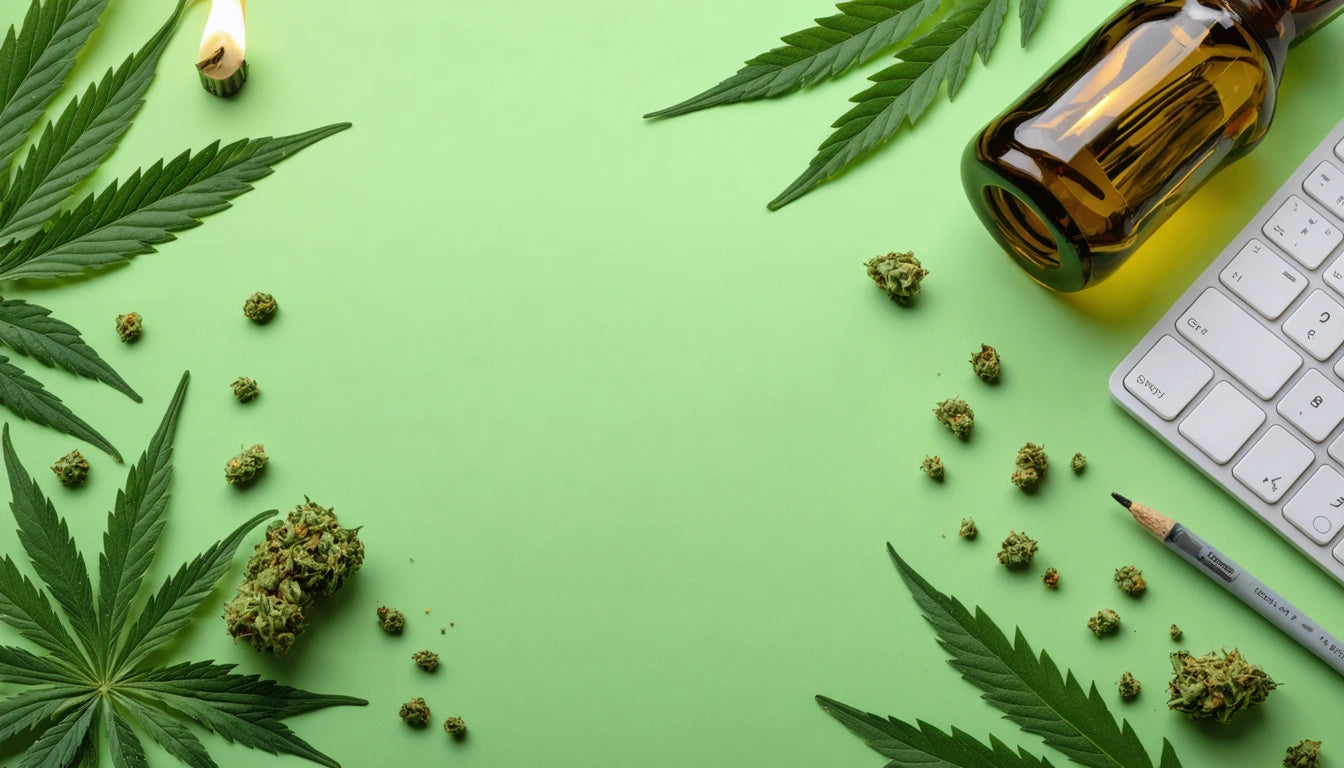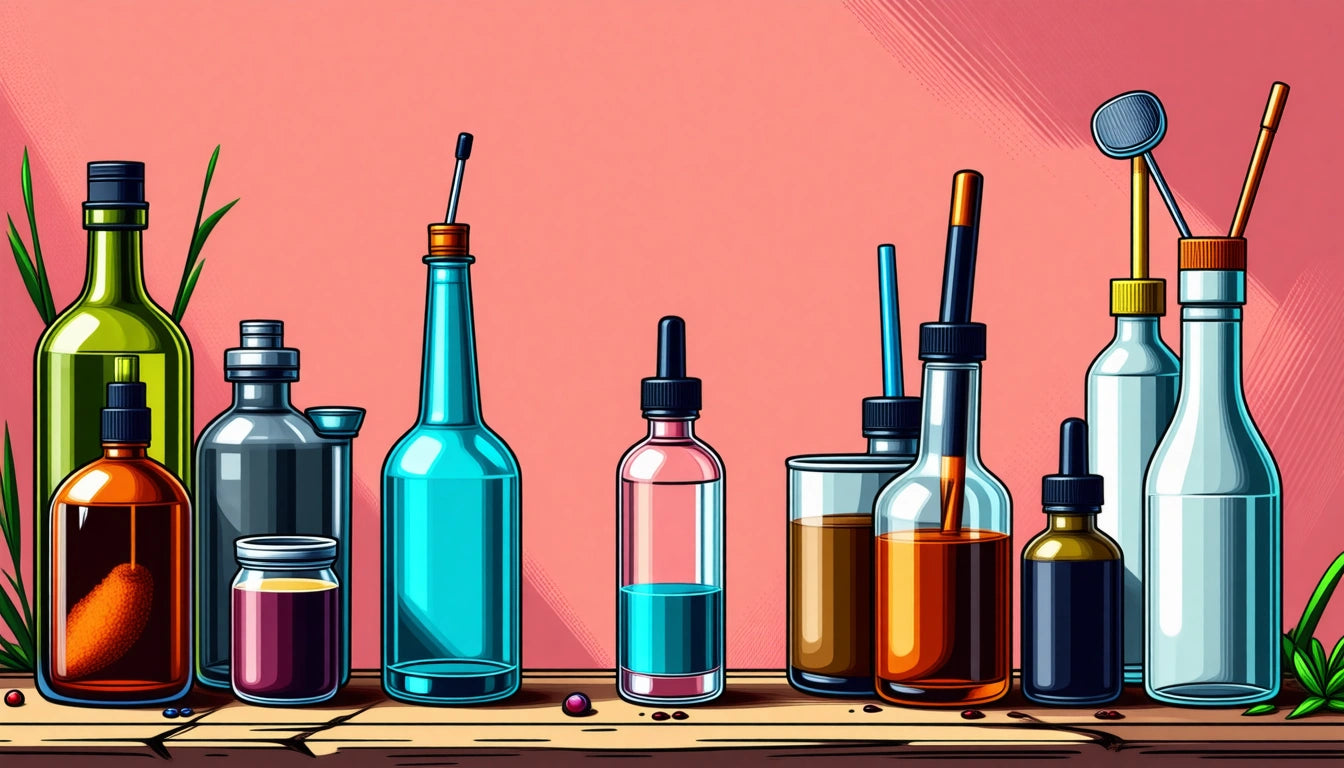Table of Contents
Optimal Light Requirements for Seedling Growth and Germination
Understanding how much light seedlings need is crucial for successful plant cultivation. Cannabis seedlings, in particular, require specific light conditions to develop properly. This guide explores the optimal light requirements for seedling growth and germination, helping cultivators achieve healthy, vigorous plants from the start.
Understanding Seedling Light Needs
Seedlings have different light requirements than mature plants. During the germination phase, seeds primarily need moisture and warmth, not light. However, once the seedling emerges from the growing medium, light becomes essential for photosynthesis and proper development.
According to research on cannabis light requirements, seedlings need a gentle introduction to light to prevent stress while encouraging strong growth. The delicate balance of providing adequate light without overwhelming young plants is critical during this vulnerable stage.
Ideal Light Cycle for Cannabis Seedlings
The best light cycle for seedlings typically follows an 18/6 schedule: 18 hours of light and 6 hours of darkness. This schedule provides:
- Sufficient light for photosynthesis and growth
- Adequate dark periods for metabolic processes
- A balance that prevents stretching or stunting
Some growers prefer a 20/4 or even 24/0 light cycle for cannabis seedlings. However, most experts recommend including some dark period to allow the plant to rest and develop natural growth rhythms. Proper seedling care guidelines emphasize that consistency in your light cycle is just as important as the specific hours chosen.
Light Intensity and Distance
How much light seedlings need isn't just about duration but also intensity. Seedlings require less intense light than mature plants:
Recommended Light Levels:
- Early seedlings (first week): 200-400 PPFD (Photosynthetic Photon Flux Density)
- Established seedlings (weeks 2-3): 400-600 PPFD
Light distance is equally important. Placing grow lights too close can burn delicate seedlings, while positioning them too far creates lanky, stretched plants seeking light. When using quality LED grow lights, a general guideline is to position them 24-30 inches above seedlings initially, gradually decreasing to 18-24 inches as they establish.
For those using specialized seed germination lights, following manufacturer recommendations for height adjustment is crucial, as different light technologies have varying heat outputs and intensity profiles.
Light Spectrum Considerations
The light spectrum plays a significant role in seedling development. While mature plants benefit from full-spectrum light, seedlings respond particularly well to:
- Blue spectrum (400-500nm): Promotes compact growth and prevents stretching
- Some red spectrum (600-700nm): Supports overall development
Many growers use lights with a higher blue component during the seedling stage. Modern cannabis grow lights often allow spectrum adjustment, making them versatile for all growth stages.
When selecting packaging for your eventual harvest, proper protection from light becomes equally important. Many cultivators use light-resistant mylar bags to preserve cannabinoid potency after processing, creating a complete light management strategy from seed to sale.
Natural vs. Artificial Light
While many commercial growers use artificial lighting, understanding how much sunlight seedlings need is valuable for greenhouse and outdoor cultivators:
Natural Light Considerations:
- Direct sunlight can be too intense for seedlings
- Filtered sunlight (through sheer curtains or shade cloth) works well
- 4-6 hours of indirect sunlight is sufficient for most seedlings
For window-grown seedlings, a south-facing exposure provides the most consistent light, though east or west windows can work with longer durations. Understanding natural light patterns helps optimize placement and supplemental lighting needs.
Common Lighting Mistakes
When determining how much light cannabis seedlings need, avoid these common errors:
- Insufficient light: Causes stretching, weak stems, and pale leaves
- Excessive light: Leads to stunted growth, leaf curling, or bleaching
- Inconsistent schedules: Disrupts growth patterns and stresses plants
- Improper spectrum: Can cause imbalanced growth or delayed development
Signs that seedlings aren't receiving proper light include elongated stems, small leaf development, and leaning strongly toward light sources. Optimizing environmental factors alongside lighting provides the best foundation for healthy plants.
Advanced Lighting Strategies for Optimal Seedling Development
For cultivators seeking to maximize seedling potential, several advanced approaches can enhance results:
- Gradual light intensity increases that match developmental stages
- Strategic red/far-red light exposure to influence morphology
- Pulsed lighting schedules that optimize energy efficiency
These techniques require more monitoring but can produce stronger seedlings with better transplant success rates. Advanced LED systems often provide the flexibility needed for these approaches.
Understanding seedling light requirements creates the foundation for successful cultivation. By providing the right intensity, duration, and spectrum during this critical phase, growers can develop resilient plants that transition smoothly into vegetative growth and eventually produce quality harvests worthy of premium packaging and presentation.











Leave a comment
All comments are moderated before being published.
This site is protected by hCaptcha and the hCaptcha Privacy Policy and Terms of Service apply.